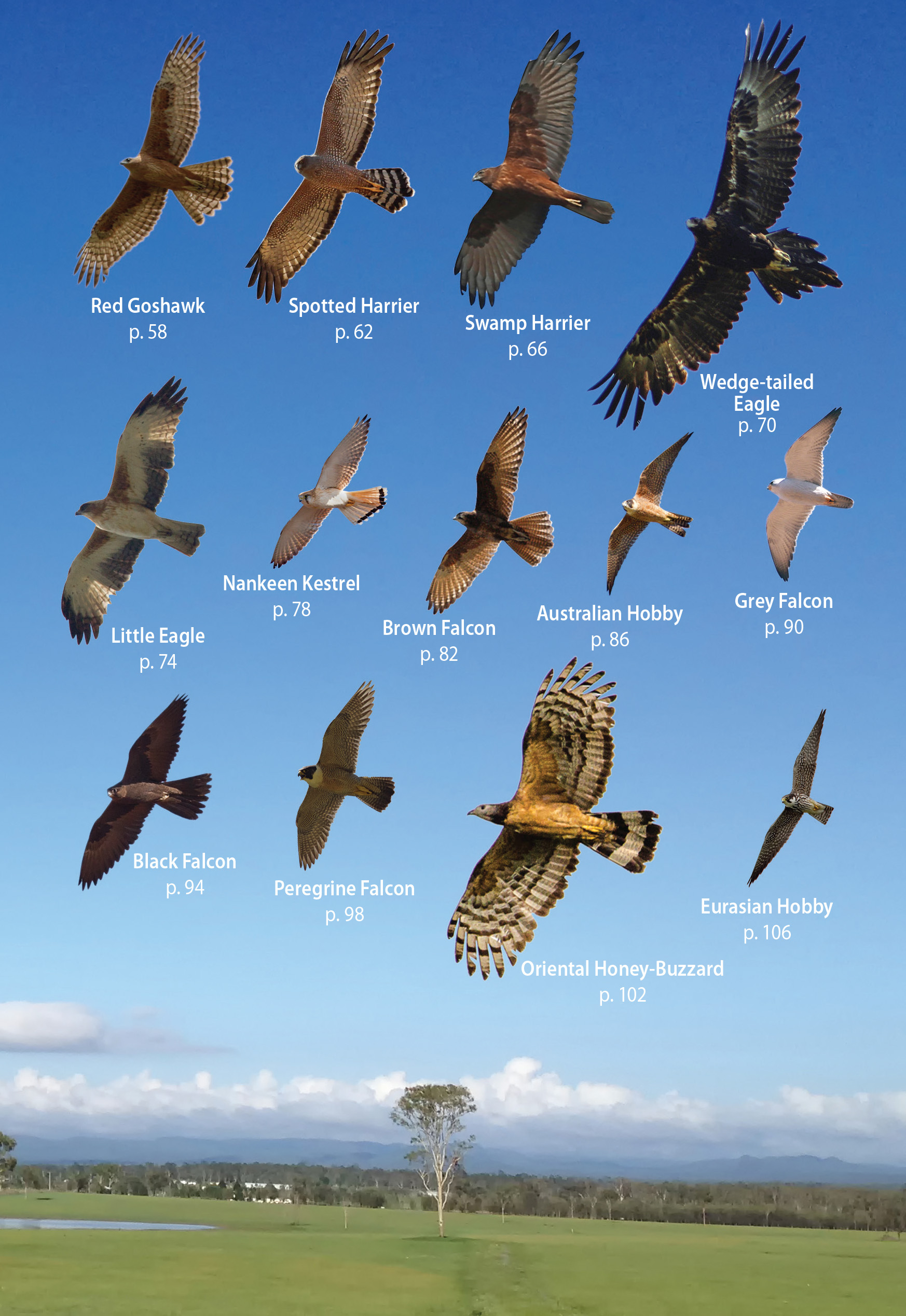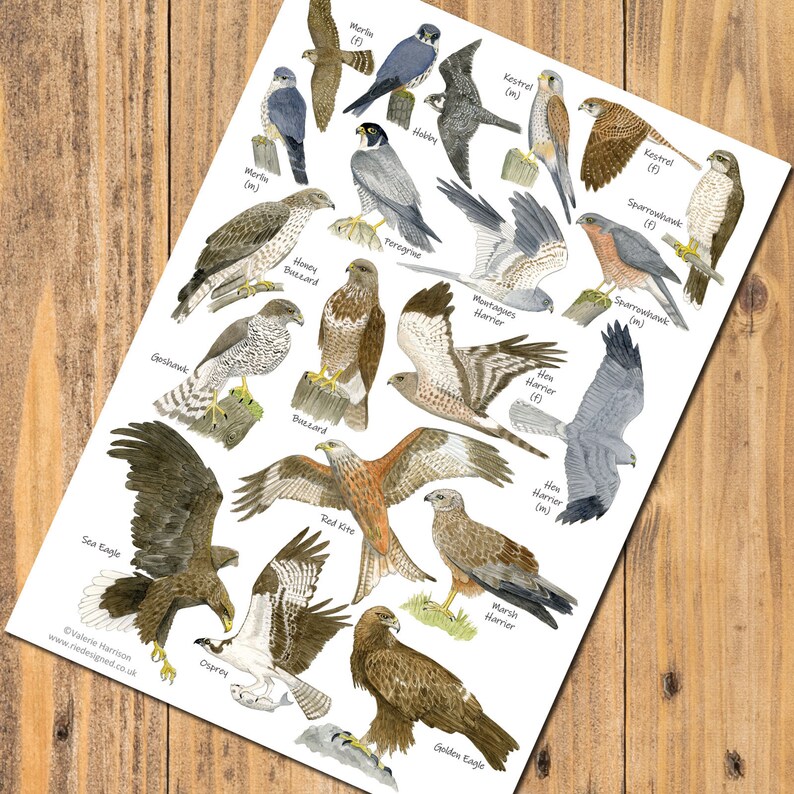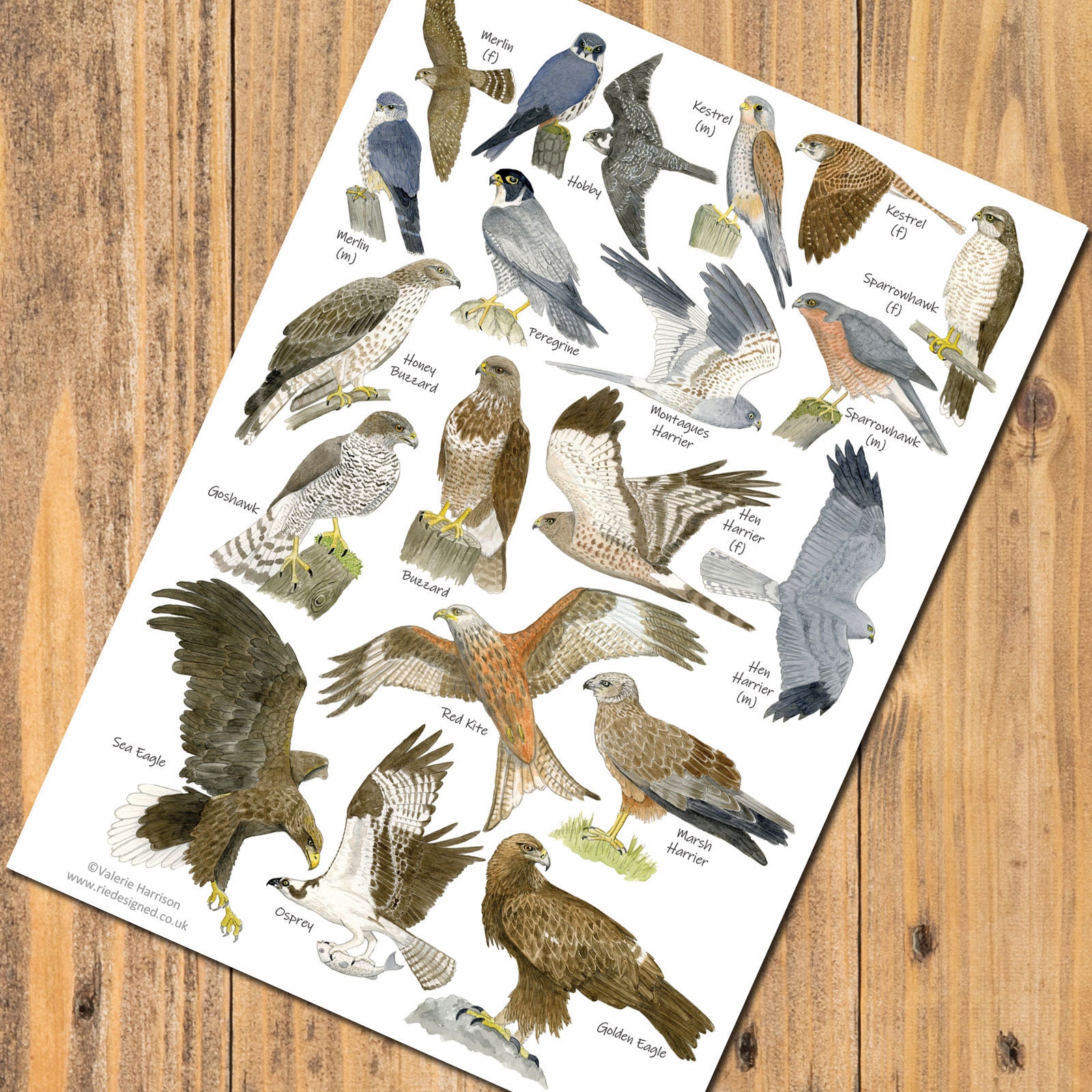


Sparrowhawks are often confused with goshawks, which are larger and much rarer.

As well as gardens, they can be seen in parks, forests and other areas with some tree cover. Sparrowhawks hunt smaller birds with surprise attacks, often flying fast and low through bushes and around buildings to catch their prey unawares. They usually fly with a flap-flap-glide motion, with a few rapid wingbeats followed by a short glide. In flight, they show short, broad and fairly blunt-tipped wings and a long, square-ended tail - longer than the width of the wing. Their legs are slender and yellow and they have fierce orange-yellow eyes. They have grey backs (brown in young birds) and a barred breast, belly and underwing - grey barring in females and orange in males, which also have an orange flush to the cheeks. Sparrowhawks are fairly small compared to many other UK birds of prey, with the largest females roughly the length of a woodpigeon, whilst males are smaller. This is the bird of prey you're most likely to see in your garden, and probably the one that The Wildlife Trusts are most frequently asked to identify. We've put together a short introduction to five of the species you're most likely to spot. Some can be seen in parks and gardens, or even found amongst the glass and steel of city centres. People traipse cross-country to see clouds of kites, or to catch a glimpse of a golden eagle in its highland home, and webcams fixed on the nests of ospreys, owls and peregrine falcons draw huge numbers of viewers every year.īut you don't have to travel far to see many of our more common species. Few birds inspire awe as often as birds of prey - those athletic aerial predators that rule the roost when it comes to avian (bird) food chains.


 0 kommentar(er)
0 kommentar(er)
